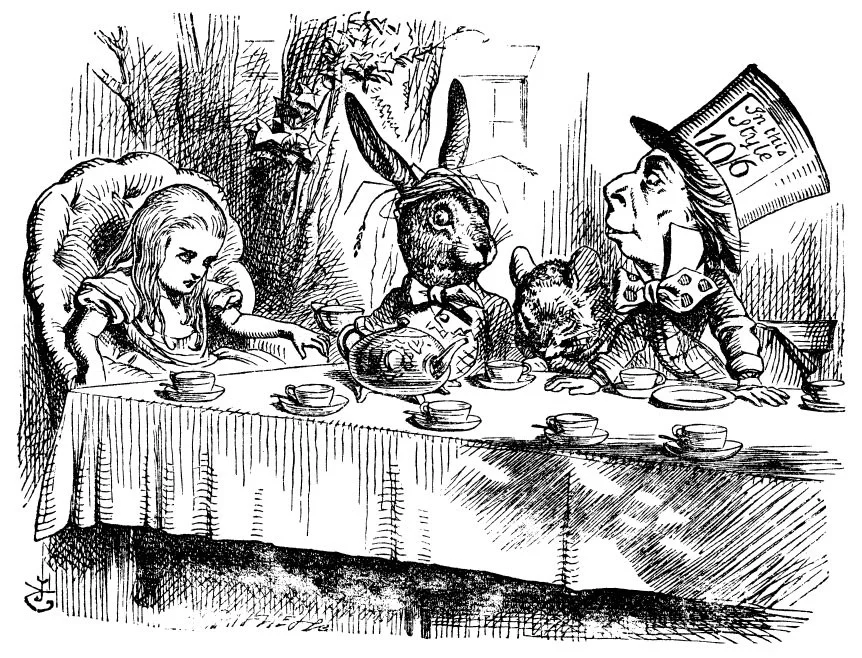Wimbledon, spies and oxytocin in our first ever #FridayFunFacts
Welcome to the first of our #FridayFunFacts Let's kick of with a cracker, or, rather, a cuddler...
Oxytocin (the 'cuddle hormone') stays in the bloodstream for about five minutes. By comparison, cortisol (the stress hormone) stays in the body for one to two hours. So, as our insightful developer Dan pointed out, after a couple fights they should hug for twelve times as long as the argument.
When we learn an area’s geography, neurons in our brain form connections as a literal map in the same shape. So it’s a perfect spatial-to-mental translation (rather than encoding the information into a reference system.)
Tennis balls are possibly the most brightly coloured everyday object anyone is likely to have rolling around their home. What you might not have known is that they used to be white, and very nearly became neon pink. In 1972 when Wimbledon started airing in colour on millions of televisions around the world, white didn't show up as well on screen. A team led by none other than the national hero, David Attenborough, tested out new tennis ball colours and decided on "optic yellow".
On the topic of everyone's favourite excuse to eat strawberries and cream, the no-swearing rules at Wimbledon are so strictly enforced, that the judges have to go on a course just to learn how to swear in the languages of all the players.
And no matter what language you swear in, throughout most of the world, if you think your next door neighbours are spies, you're considered a conspiracy theorist and a bit of a loon. But not in South Korea! They have an emergency phone number that you can call to report spies and it's 113.






